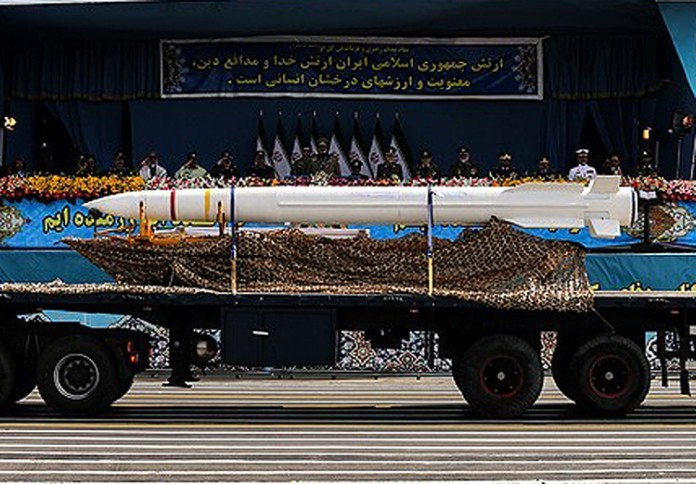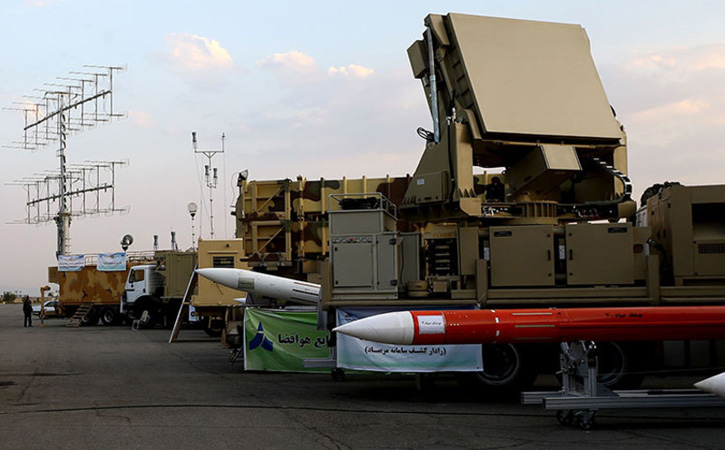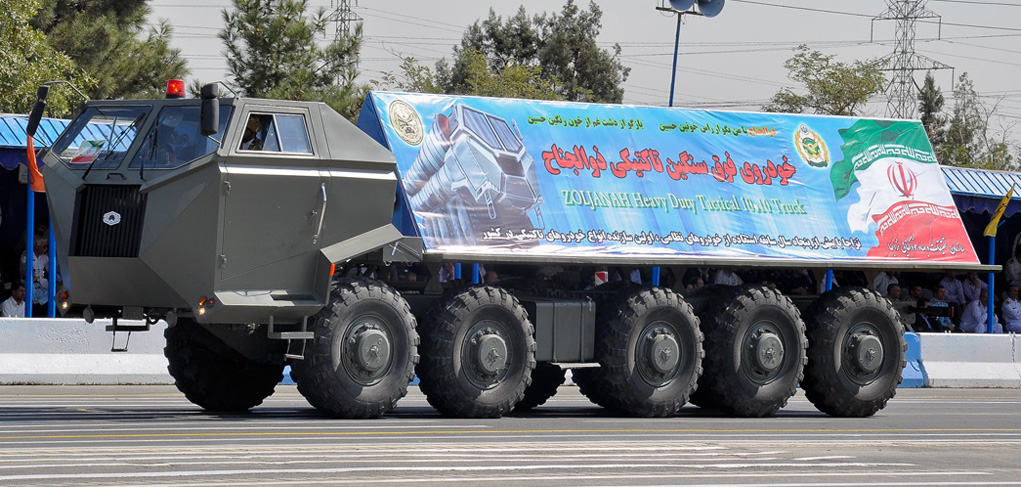
Iran unveiled yesterday the Bavar-373, an indigenous long-range air defense missile defense system employing Sayyad-3 (Hunter III) interceptor during the Army National Day parade. Iran launched the indigenous development program after the delivery of Russian S300 systems was suspended under the sanctions imposed on Iran by the UN in 2010. Immediately after the cancellation of the Russian sale Iran displayed a mockup of a similar weapon during a military march in Tehran, claiming it is developing its own version of the system.
Tehran’s declaration was not an empty promise. In the recent years Iran has made significant progress in its air defense capabilities in recent years, with the modernization of obsolete systems such as the US MIM-23 Hawk and Standard Missile I supplied in the 1970s by the US, and the introduction of locally developed Ta’er (SA-11/17 equivalent) and Sayyad-2 missiles that are being integrated into existing air defense systems. Iranian officials have also announced that Bavar-373 could be deployed operationally this year, reflecting an accelerated development and testing process, since the system’s interceptor, Sayyad-3 missile was tested on its first launch only in August 2014.

This rapid pace of development could be explained by Iranian access to S-300 subsystems. According to unconfirmed news reports, such systems were delivered prior and after 2010 from Russia, Belarus or Croatia. Last week Russian president Vladimir Putin said he approved the release of S-300 system to Iran. The first system could be delivered within a year.
The Iranians claim the Bavar 373 system is capable of handling 100 targets – just as the S-300 can, but the targeting capability of the Iranian system is superior over the S-300 they originally ordered from Russia a decade ago. The Iranians also claim their system can deploy faster and offers better mobility, compared to the original Russian system. The system could be deployed on a 10-wheel missile carrier, deploying four missiles in ready to launch canisters.
If Bavar-373 proves to be as reliable and effective as the S-300, and its test program is completed in time, it is likely that Iran would limit the number of systems procured from Russia.




















